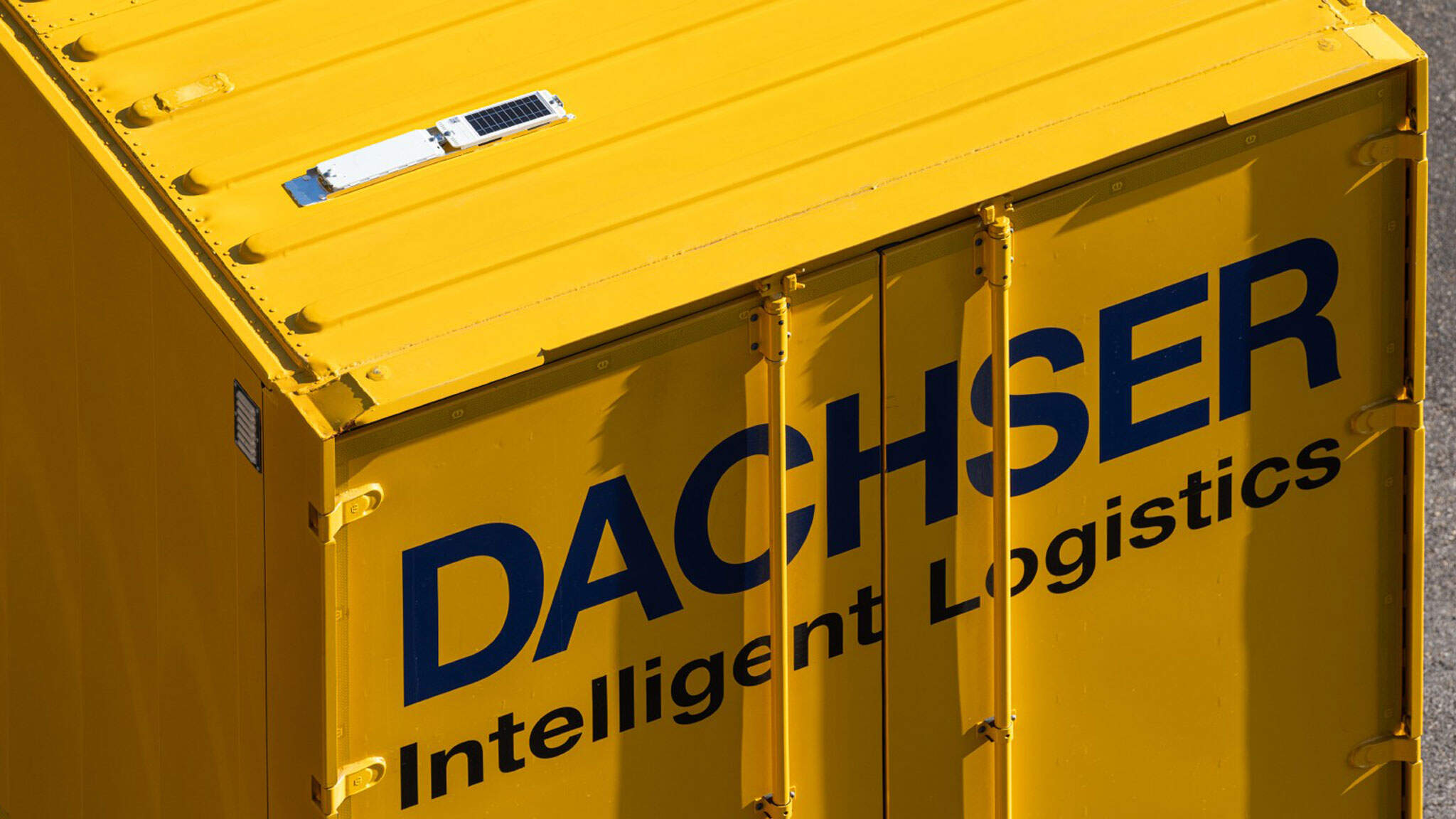DACHSER uses the internet of things in long-distance groupage transport
Since the beginning of the year, DACHSER has added innovative smart tracking devices to 8,500 swap bodies it uses for long-distance goods transport between its European branches. This means transport containers can be tracked in real time and arrival times can be calculated precisely using the internet of things. Now DACHSER has launched a central platform for visualizing and analyzing all this position data—including from trailers and tractor units—and “wedding” it with the shipment data in the company’s transport management system.

Presented on telematics boards, this information offers DACHSER employees completely new options for visualization and analysis. But the main beneficiaries of this increased supply chain transparency are the customers.
DACHSER worked together with Deutsche Telekom and other technology companies to drive the development of innovative smart tracking devices for use in swap bodies. These devices are equipped with high-end SIM cards by Deutsche Telekom and consist of energy-saving, solar-cell-assisted energy modules, modern satellite-based positioning technology (GPS, Galileo), and wireless modules based on the new 5G/LPWAN (LTE-M) networks. For extra reliability, they also use other radio standards that are still in widespread use. The integrated solution is developed to last for a swap body’s entire twelve-year service life without maintenance.

“By combining real-time data and visualization, we are taking a decisive step forward in shipment tracing and management in our groupage network”
Alexander Tonn, COO Road LogisticsA total of five specific telematics boards process and display real-time position data from long-distance groupage transport to DACHSER employees. The boards can track transports and display the precise location of trackable vehicles or equipment in real time. This gives branches and customers a detailed calculation of each transport’s ETA, which facilitates the planning of terminal handling and short-distance transport. In addition, the boards visualize options for additional loads and return loading, which improves collaboration between the branches. Finally, the boards provide information about upcoming service appointments of the units. Over the next few months, the system will also start featuring GPS data from charter transports, which are rarely carried out with the company’s own equipment, via a specially developed driver app.
"By combining real-time data and visualization, we are taking a decisive step forward in shipment tracing and management in our groupage network,” says Alexander Tonn, COO Road Logistics at DACHSER. “It will assist our employees in capacity planning so that they can optimize the utilization of transports and increase efficiency in terminal handling. Our customers benefit because it will let us deliver the quality they expect from DACHSER, even in the face of increasingly scarce capacity.”
From the DACHSER Enterprise Lab into practice
It took a good bit of research and development work to arrive at cost-effective and reliable tracking of groupage swap bodies, which are robust and long-lived but are not connected to a power supply or a truck. “When LPWAN technologies emerged, we started researching them at a very early stage as part of the DACHSER Enterprise Lab with the Fraunhofer Institute IML,” says Stefan Hohm, Chief Development Officer at DACHSER. “Together with Deutsche Telekom, we then succeeded in making the innovation ready for practical use and adding real value for our network.”